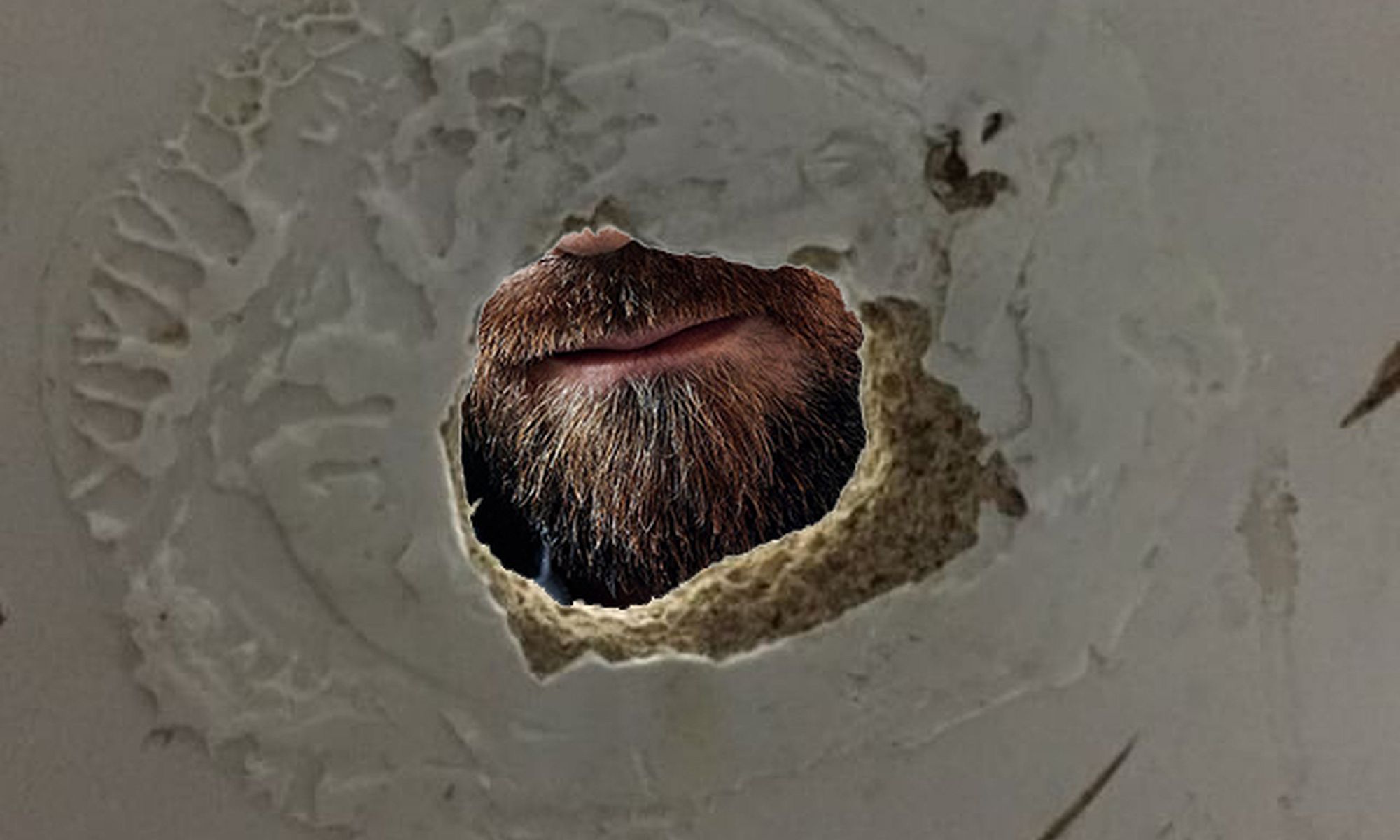Every January, NASA honors those who made the ultimate sacrifice in the pursuit of space exploration.
The Day of Remembrance provides a moment to honor and remember members of the NASA family who gave their lives in the advancement of space exploration and discovery. It also serves as an opportunity to reflect on the safety culture within the organization. This includes paying tribute to the crews of Apollo 1, the space shuttles Challenger and Columbia, and other astronauts who lost their lives in the pursuit of spaceflight
Ad astra per aspera.
On January 27, 1967, a tragic incident occurred at the Cape Kennedy launch pad during a preflight test for Apollo 204 (AS-204). This mission, intended to mark the inaugural crewed flight of Apollo, was set to launch on February 21, 1967. Veteran astronaut Gus Grissom, first American spacewalker Ed White, and rookie Roger Chaffee lost their lives as a fire engulfed the command module.
From left to right: Gus Grissom, Ed White, and Roger Chaffee.
Only 73 seconds after liftoff on the morning of January 28, 1986, a booster engine malfunction led to the tragic breakup of the shuttle Challenger, claiming the lives of all seven crew members.
Back row, from left: Ellison Onizuka, Christa McAuliffe, Greg Jarvis, and Judy Resnik. Front row, from left: Michael Smith, Dick Scobee, and Ron McNair.
The crew of the STS-107 mission who perished when the space shuttle Columbia broke up during re-entry on Feb. 1, 2003.
From left to right are mission specialist David Brown, commander Rick Husband, mission specialist Laurel Clark, mission specialist Kalpana Chawla, mission specialist Michael Anderson, pilot William McCool, and Israeli payload specialist Ilan Ramon.

































































